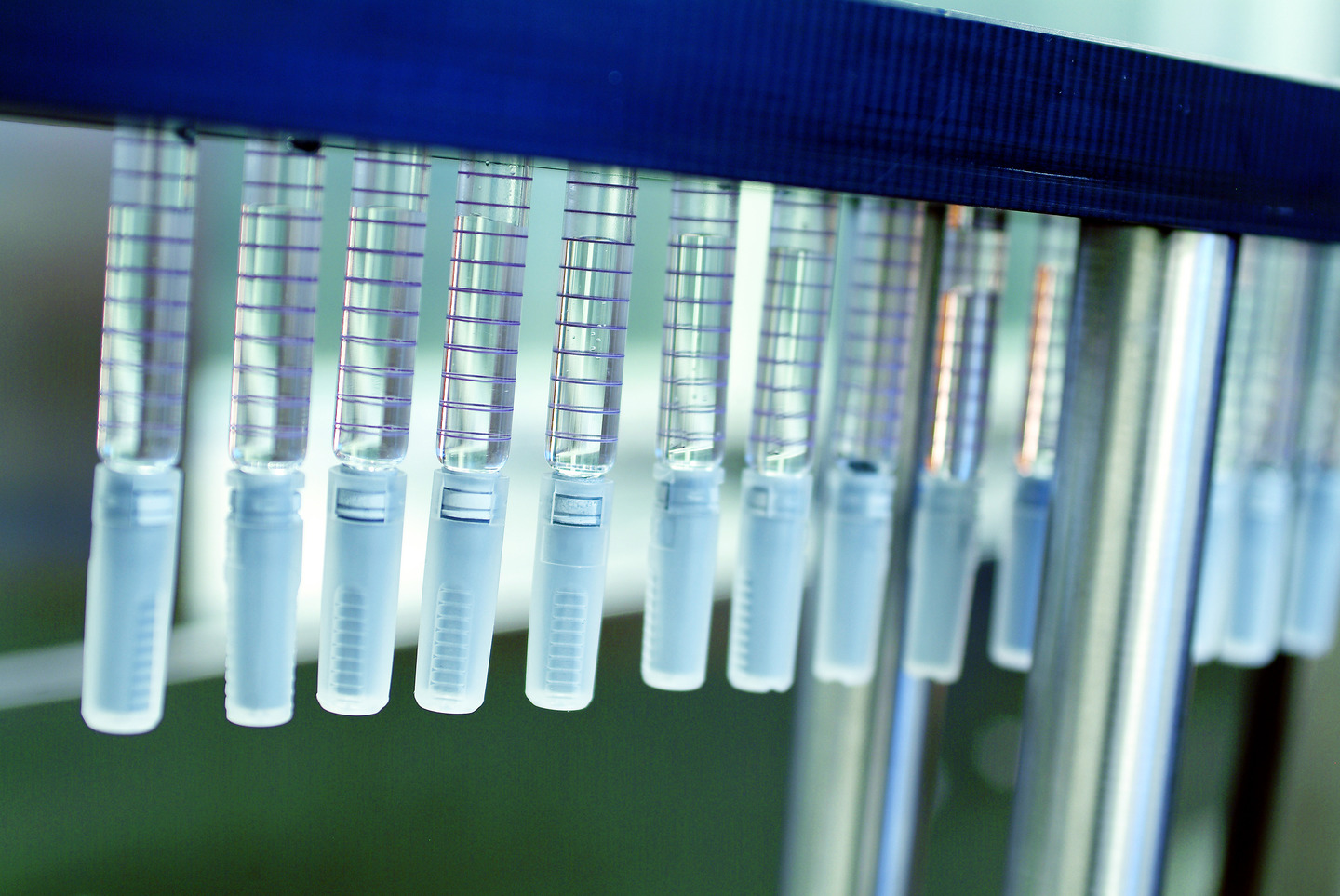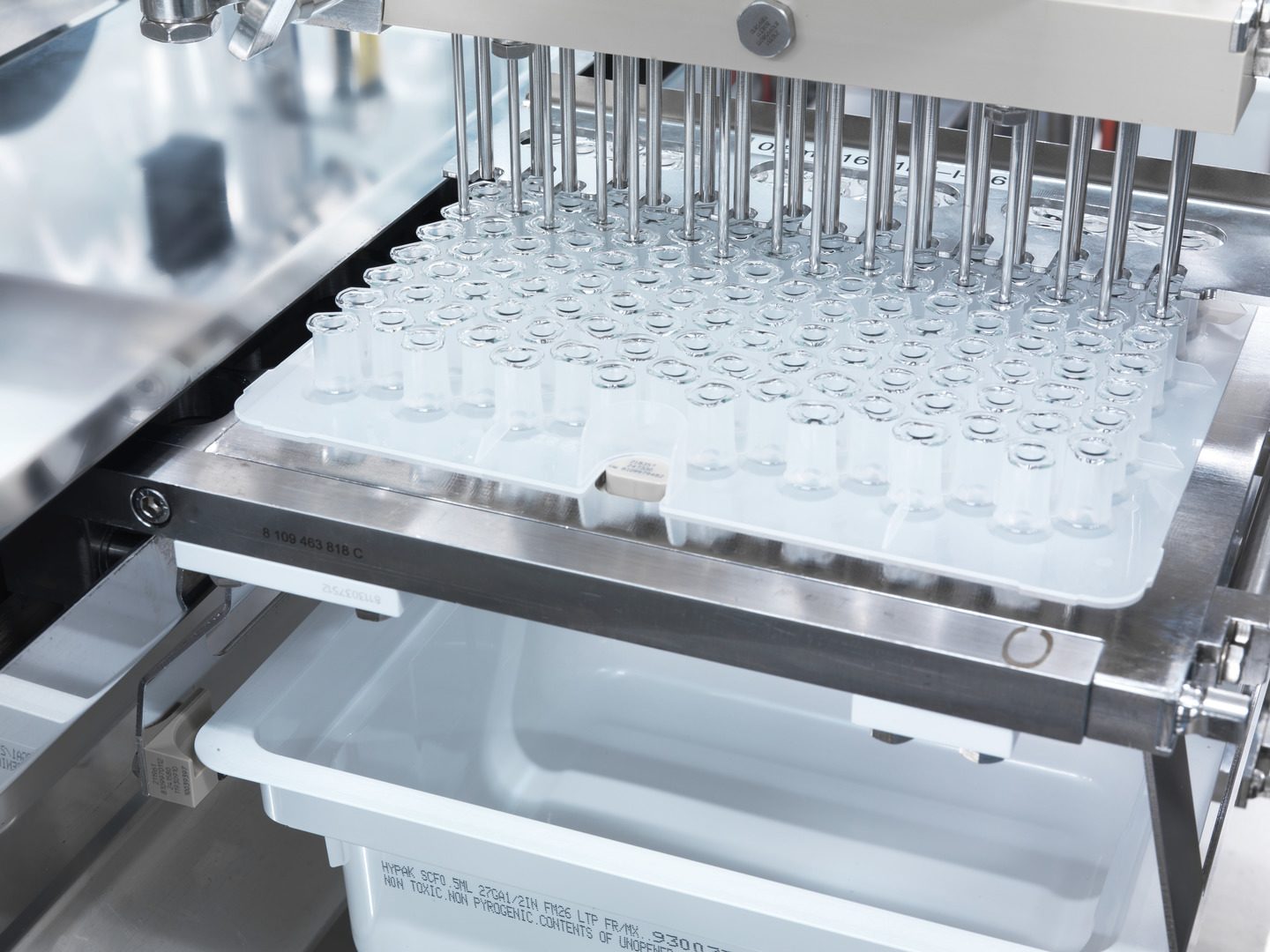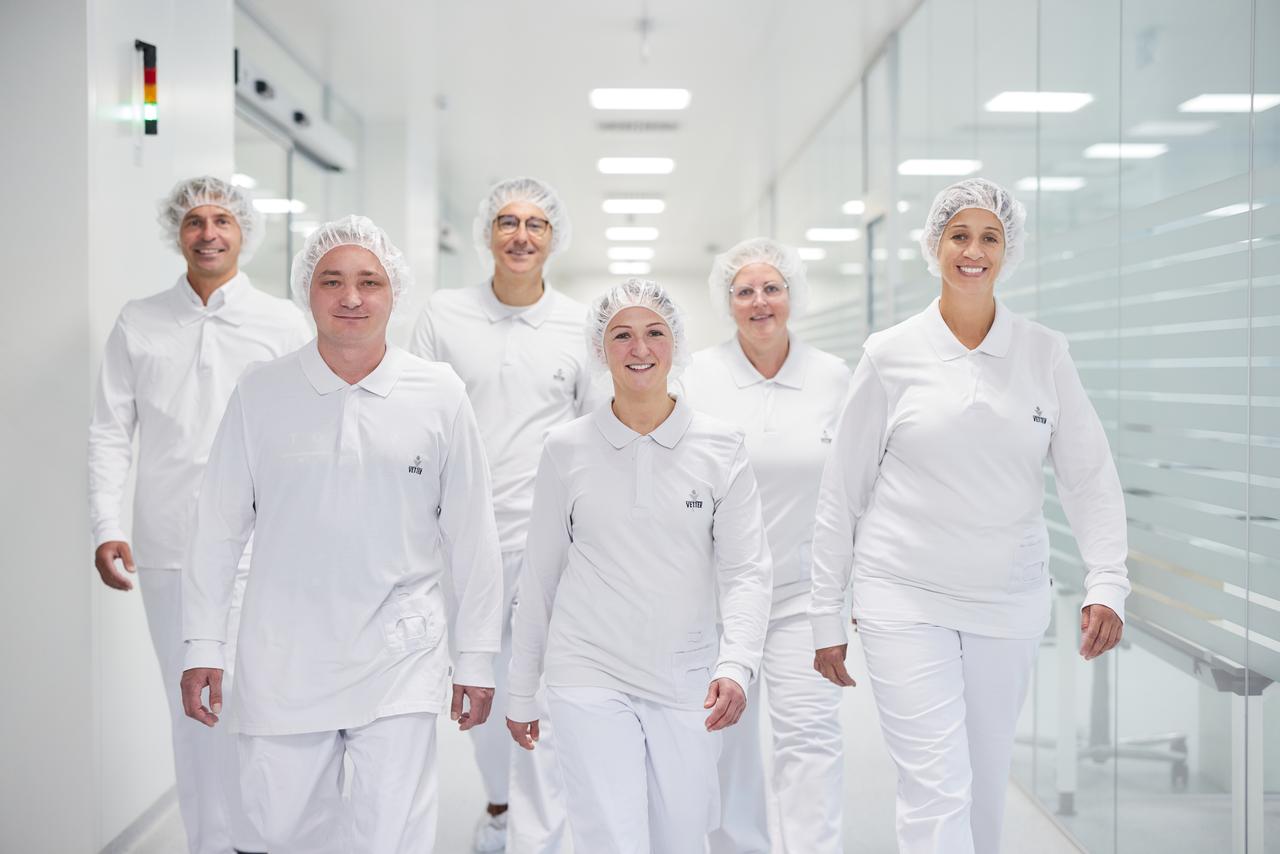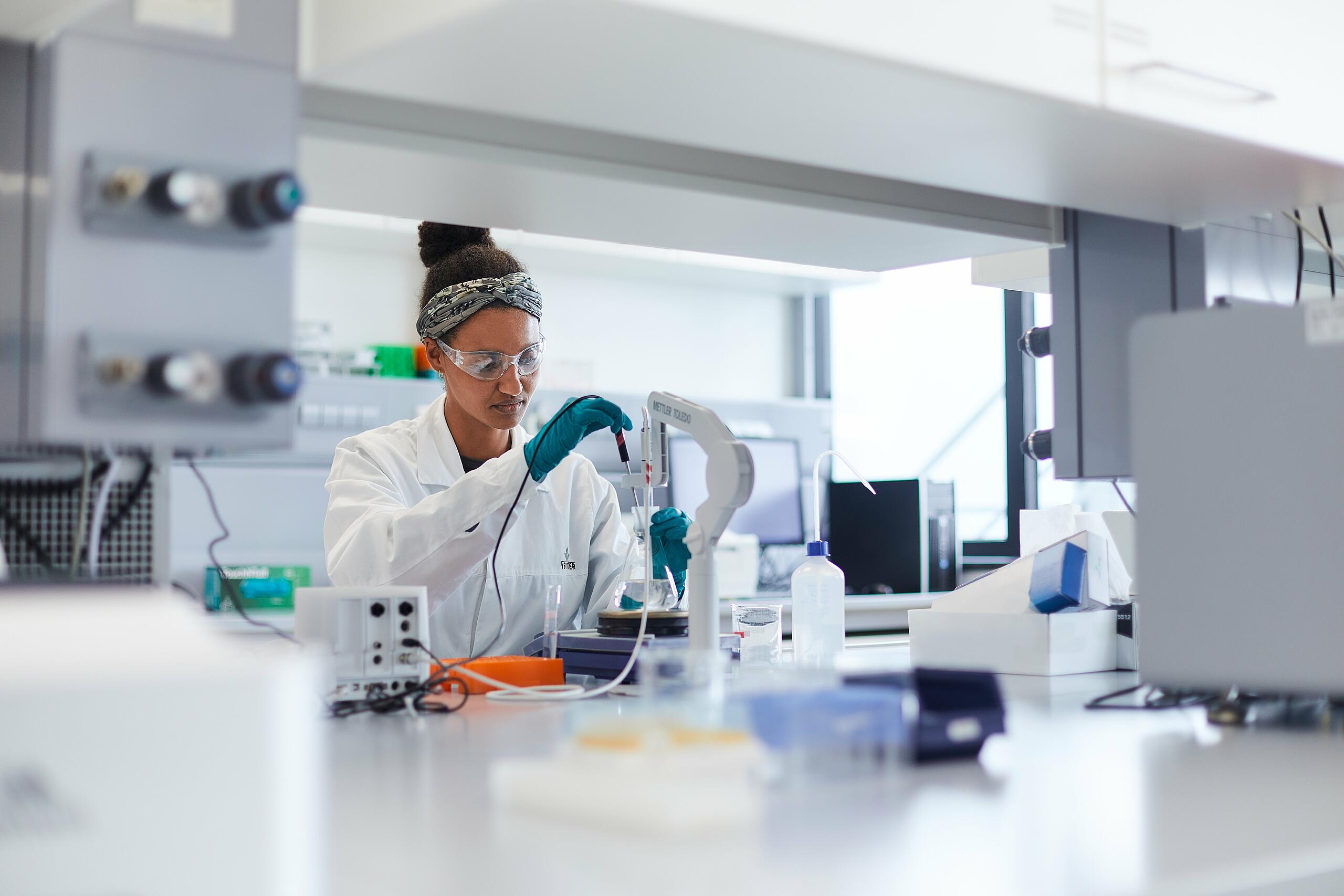
Sterile injectable products are an essential part of the global healthcare system. They are used to treat a wide range of conditions, from life-threatening diseases such as cancer or HIV/AIDS, to chronic conditions such as diabetes and multiple sclerosis, and many other conditions.
Here’s a closer look at sterile injectables, including how they’re made, their many applications, and why they require highly specialized manufacturing methods.
What are sterile injectables?

Sterile injectables are medications and other therapeutic products that are administered directly into the bloodstream or tissues of the body.
Unlike non-sterile drugs – like pills, gels, or aerosols – sterile injectables are bypassing the body's natural defenses. Delivering a product this way can be highly effective, but also increases the risk that any product contamination may pose to the patient.
Sterile injectables must therefore be free of microorganisms, particulates, or other contaminants that could harm a patient. Protecting that sterility requires a specialized manufacturing process that’s far more technically complex than many other medical products.
The different types of injectables can be distinguished by their application:
- Intramuscular (IM) injections: Delivered into a muscle
- Subcutaneous injections: Delivered under the skin
- Intravenous injections (IV): Delivered directly into a vein
- Intrathecal injections: Delivered into the spinal canal
- Intraperitoneal injections: Delivered into the peritoneal cavity, the space that surrounds the abdominal organs
How sterile injectables are manufactured

To protect the medical product and its packaging from contamination, sterile injectables must be manufactured in a highly precise and carefully controlled way. This means using sterile raw materials, maintaining sterile environments, and following strict procedures to prevent contamination at every step of the manufacturing process.
There are two primary methods for manufacturing sterile injectables: terminal sterilization and aseptic fill-finish.
Terminal sterilization:
This approach relies on carefully controlled environments and procedures to reduce the risk of contamination during the manufacturing process, but actual sterilization occurs as a final step before the product is released. Typically, the product and container are sterilized by steam and/or gamma radiation.
The process is relatively faster than other options and more cost-efficient, as it requires less specialized knowledge, equipment and processes – but it can only be used with products and materials that can withstand temperatures up to 121 degrees Celsius or radiation exposure.
Aseptic fill-finish:
This highly specialized process is used to produce the many sterile injectable products that cannot tolerate terminal sterilization. This means that full sterility must be maintained across all materials and packaging, process steps, and outputs throughout the entire manufacturing process.
That is critical because there is no final step to sterilize the drugs in their containers before shipping. Aseptic fill-finish requires advanced equipment and a deep understanding of the complex processes, testing methods, and regulatory standards this method requires.
To produce sterile injectables, there are five key components that must be carefully controlled from start to finish:
- Sterile raw materials: All components used to formulate the drug product must undergo rigorous testing to confirm their purity and potency.
- Sterile compounding: The process for generating the active pharmaceutical ingredient (API) must be carefully defined and completely sterile.
- Sterile containers and closures: The product itself must be placed in contaminant-free injection systems with sterile closures.
- Sterile filling: The product must be placed in its container in a cleanroom environment that excludes all potential contaminants, using a detailed process that also helps avoid contamination.
- Sterile packaging: If a product will be placed in some form of packaging (e.g., carton, blister, delivery device, etc.), this step of the manufacturing process must also be designed to prevent the filled container or its contents from being compromised.
Because the aseptic fill-finish process is so technically complex, companies that develop sterile injectable therapies often turn to specialized manufacturing partners like Vetter for support. Aseptic fill-finish companies typically have dedicated facilities and a specialized workforce like ours.
Manufacturers that handle sterile injectables may also offer specialized support for specific phases in a product’s development as well.
That can include both sterile injectables for clinical and commercial filling services for products that are already on the market. These projects often involve very different processes, production volumes, and timelines that an expert manufacturer can help their customer navigate and plan for.
Compliance Standards

At every stage in the development of a sterile injectable, both drug owners and their partners must also navigate the complex, ever-evolving world of regulatory oversight and compliance standards. As both science and technology advance, regulators around the world are continually adapting and updating their standards in response – with many of those standards becoming more and more stringent every year.
Today, many authorities are increasing their focus on continuous monitoring of manufacturing processes, data-driven decision making, and risk-based approaches to quality control. To guide a sterile injectable to market in this evolving compliance landscape, drug developers need agile and adaptable manufacturers who can embrace innovation while upholding the highest standards of sterility and patient safety.
Sterile injectables trends – a look at the market
Today, sterile injectables are playing a larger and larger role in the global healthcare system every year. A number of factors are driving this trend, and have a deep impact on the global market for sterile injectables. Some of the most important dynamics include:
- Increase in chronic conditions: Around the world, many serious conditions that require long-term treatment are becoming increasingly prevalent. That includes many increasingly common conditions like diabetes, heart disease, and many forms of cancer.
- Increasing use of biologics: Many of these chronic conditions are increasingly treated complex, sensitive molecules derived from biological sources. These products offer many therapeutic benefits but are often too fragile to be delivered in any way other than injection.
- Growing demand for self-injected therapies: With more patients handling their own care at home, demand for easy-to-use self-injection formats is surging across many therapeutic areas. Patients are quickly gravitating toward the simplicity and convenience of devices like autoinjectors and injector pens, while many drug developers are shifting their sterile injectables to these formats or building them into their products’ life cycle plans.
These dynamics are also driving a growing demand for manufacturing partners who can support the aseptic fill-finish process. These specialized CDMOs (contract development and manufacturing organizations) play a crucial role in maintaining the global supply of sterile injectables.
The role of CDMOs in sterile manufacturing of injectables

CDMOs like Vetter support many essential steps in the process of developing and manufacturing sterile injectables. Vetter has more than 40 years experience specializing in complex drug substances and delivery formats, including both sterile injectables for clinical trials and commercial filling for sterile injectable products. We also have a proven track record of success in helping our customers bring high-quality products and therapies to market worldwide.
Learn more about our aseptic fill-finish services for sterile injectables


